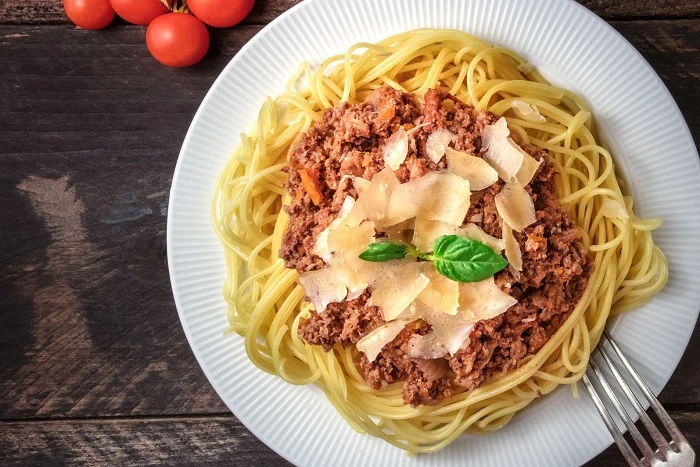Shaved Parmesan cheese, with its distinct firm texture and sharp edges, is a delicious and visually striking subject to draw. It adds a gourmet touch to any dish and its paper-thin curls make for a fun artistic challenge. Whether you’re designing for food packaging, menus, or recipe illustrations, this guide breaks down the best techniques to depict shaved Parmesan accurately and creatively.
Table of Contents
Why Draw “Shaved Parmesan Cheese”?
Capture Gourmet and Artisan Food Appeal

Shaved Parmesan signifies quality and sophistication. Drawing it communicates elegance and adds credibility to culinary visuals, whether in high-end menus or recipe blogs.
Practice Hard Cheese Textures
The unique texture—dry, flaky, and sometimes crumbling—is ideal for artists looking to depict depth and sharpness in a food product.
Versatile Use in Culinary Contexts
From Caesar salads to charcuterie boards, shaved Parmesan is everywhere in visual food content. Learning to illustrate it allows reuse in a wide variety of professional settings.
Best Tips for Drawing “Shaved Parmesan Cheese”
1. Choose the Serving Context
The form in which Parmesan is served helps shape your composition. Are you drawing it on a wooden board, atop pasta, or scattered over salad?
How to Do It:
On a Board: Draw thin curls or flakes laid in stacks or scattered naturally. Include texture in the background like grainy wood for contrast.
On Salad: Show cheese pieces nestled among greens. Use natural overlaps with lettuce, cherry tomatoes, or dressing drips.
With Pasta: Curl pieces along the ridges or curves of pasta, with slight melt or softness to show warmth.
2. Draw the Curls and Shavings Accurately
Shaved Parmesan isn’t cubed or shredded—it comes in large, uneven, thin flakes.
How to Do It:
- Use long, curved triangular shapes or oval slivers.
- Show variation—some pieces broken or curling more than others.
- Edges should be a bit jagged, not perfectly smooth.
3. Emphasize the Dry, Flaky Texture
Unlike soft cheeses, Parmesan has a brittle, flaky consistency.
How to Do It:
- Use short, soft lines along the edge for roughness.
- Add cracked surfaces or slight crumbly corners.
- Don’t over-blend—preserve line definition between flakes.
4. Highlight Parmesan’s Pale Yellow Hue
Its signature color sets it apart from mozzarella or cheddar.
How to Do It:
- Use a soft ivory or pale yellow base color.
- Add warmer tones (like soft beige or golden undertones) to show aging.
- Use darker shading underneath overlapping flakes for depth.
5. Add Gourmet Elements Around the Cheese
Enhancing your scene makes the cheese illustration more useful and appealing.
How to Do It:
- Include basil leaves, cracked pepper, or olive oil nearby.
- Add a Parmesan wedge or grater in the background for realism.
- Use a rustic wooden board, ceramic plate, or marble counter as the base.
6. Show Lighting for a 3D Curl Effect
Proper light and shadow make each shaving stand out.
How to Do It:
- Use highlights on the top curves of the curls.
- Add fine shadow lines beneath overlapping pieces.
- Use a light source from one direction to maintain consistency.
Choose the Best Drawing Style for Your Project
For Recipe Blogs or Cookbooks


Realistic with Rich Texture
Capture the fine detail in each flake. Use shadowing and soft color transitions to depict aging and dryness.
For Infographics or Educational Charts
Minimalist and Clean
Use linework and light color blocks. Avoid heavy shading to keep visuals simple and clear.
For Menus or Advertisements
Elegant Food Illustration
Add sophisticated background settings, tasteful typography, and subtle gradients to elevate the cheese’s premium image.
How to Store and Use Your Shaved Parmesan Cheese Illustration
Keep Physical Art Safe
- Store flat in acid-free sleeves to prevent curling or smudging.
- Mount on a sturdy board if used in displays.
Organize Digital Files for Reuse
- Save versions with and without background.
- Use high-resolution PNG for web; vector (SVG) for print scalability.
- Keep layers organized: “Cheese shavings,” “Shadows,” “Props.”
Repurpose Creatively
- Use in digital recipe cards or cooking tutorials.
- Add to ingredient labels or dairy guides.
- Feature in restaurant flyers or health food visuals.
Frequently Asked Questions (FAQs)
What color should shaved Parmesan be in an illustration?
Pale yellow with subtle beige tones is ideal. Avoid bright yellows—real Parmesan has a more aged, muted look.
How do I show the cheese is shaved and not grated?
Focus on large, thin curls or slivers with natural bends and sharp edges. Avoid showing small, granular textures.
Can I draw shaved Parmesan with other foods?
Yes—it’s often shown on salads, pasta, risottos, or charcuterie boards. These give your drawing both contrast and realism.
Should I draw a full Parmesan wedge for context?
You can. A wedge helps indicate the source of the shavings and enhances brand or product authenticity.
What background works best for Parmesan illustration?
Use neutral or rustic tones like wood, stone, or clean white plates. These allow the light yellow cheese to pop naturally.

